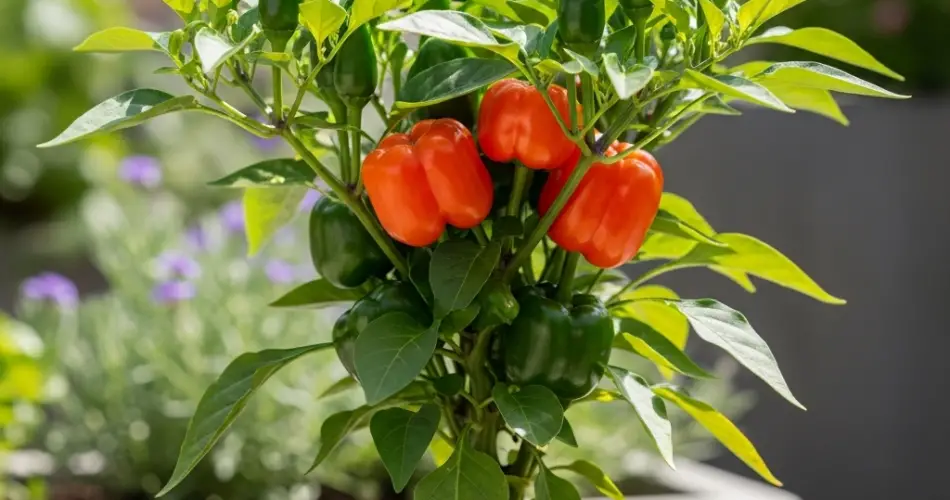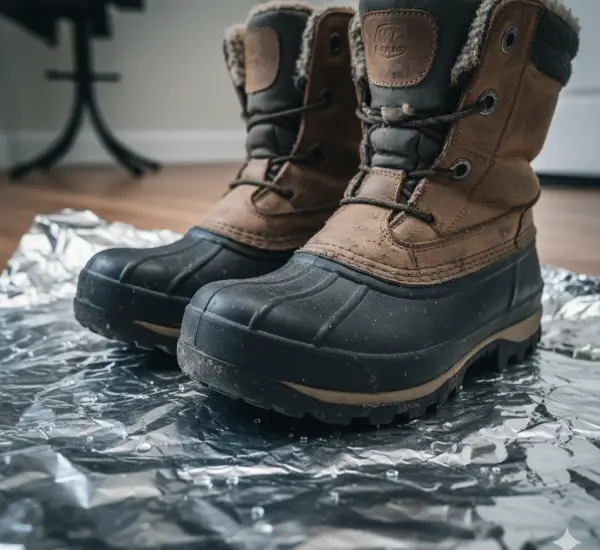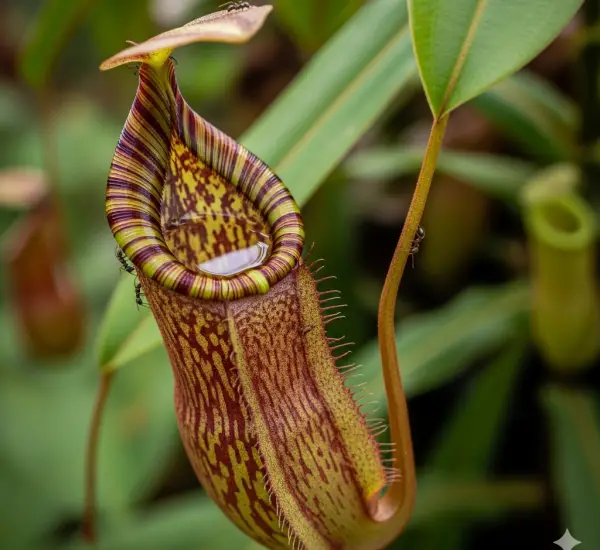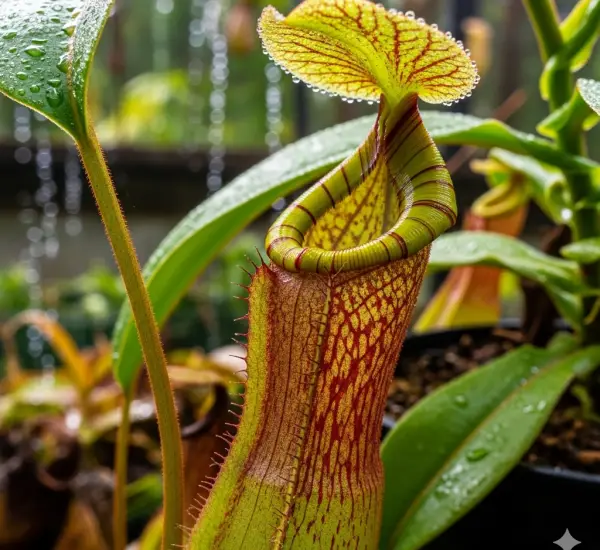Chili peppers are a fiery and flavorful addition to any garden, and the best part is—you don’t need a large outdoor space to grow them. With just a container, sunlight, and a bit of care, you can produce a productive and vibrant pepper plant right on your balcony, patio, or windowsill.
Container gardening is a smart solution for urban growers or anyone with limited yard space. Chili peppers adapt exceptionally well to pots, and growing them in containers gives you greater control over soil, water, and sun exposure. Whether you’re a heat lover or prefer milder spice, there’s a chili variety for everyone.
Why Grow Chili Peppers in Containers?
Container gardening with chili peppers is both practical and rewarding. Here are a few reasons it works so well:
-
Space-efficient: Perfect for balconies, rooftops, or sunny kitchen windows.
-
Custom soil: You can tailor the potting mix to the plant’s needs.
-
Fewer pests: Containers are easier to monitor and manage for pests and diseases.
-
Movable: Move your plants indoors in case of weather extremes or to extend the growing season.
With a little preparation, your chili pepper plant can flourish in a confined space and provide a steady supply of fresh heat.
Choosing the Right Container
The first step to growing chili peppers successfully is choosing a suitable container. Peppers have deep root systems and require room to grow.
Container recommendations:
-
Size: At least 8–12 inches deep and 10–12 inches wide for smaller varieties; larger hot peppers may need 12–16 inches.
-
Material: Plastic, terracotta, ceramic, or fabric grow bags all work well.
-
Drainage: Ensure the pot has adequate drainage holes at the bottom to prevent soggy soil.
One container per plant is ideal, giving each chili room to stretch its roots and develop strong stems.
Best Chili Varieties for Containers
Some chili peppers grow compact and are naturally well-suited to small containers, while others produce large plants better suited to bigger pots with trellising.
Recommended varieties:
-
Thai Chili – Small, compact, and extremely prolific.
-
Jalapeño – Mild heat, reliable and easy to grow.
-
Cayenne – Great for drying and cooking; needs some vertical support.
-
Habanero – Fruity and fiery; grows well in a large container.
-
Numex Twilight – A colorful ornamental chili with edible fruit.
Whether you prefer heat or color—or both—you can find a variety that suits your container setup.
Ideal Soil Mix
Chili peppers thrive in loose, fertile, well-draining soil. A light and nutrient-rich mix will support healthy growth and fruit production.
DIY potting mix:
-
60% high-quality potting soil
-
30% compost or aged manure
-
10% perlite or coarse sand for drainage
Mix in a slow-release organic fertilizer or all-purpose vegetable fertilizer before planting to give the plant a nutrient boost.
Planting and Placement
Once you have your pot and soil ready, it’s time to plant. You can either start with seedlings or sow seeds indoors and transplant them after the last frost.
-
Fill the container with your soil mix, leaving 1–2 inches from the rim.
-
Plant one seedling per pot, positioning it in the center.
-
Water thoroughly after planting to settle the soil.
Place your container in a sunny location where it can receive at least 6–8 hours of direct sunlight daily. A south-facing area works best.
Watering and Feeding
Chili peppers need consistent watering, especially during flowering and fruiting.
-
Water when the top inch of soil feels dry, but avoid overwatering.
-
Never let water pool at the bottom—good drainage is essential.
-
Feed every 2–3 weeks with a liquid vegetable fertilizer high in potassium to encourage blooms and fruit.
Avoid overfeeding with nitrogen, as this may result in leafy growth but fewer peppers.
Supporting Growth
Some chili plants become heavy with fruit and may benefit from gentle support. Use bamboo stakes, tomato cages, or plant clips to help the stems stay upright as they mature.
Pinching off the tips when the plant is young can encourage bushier growth and higher yields in small spaces.
Common Pests and Problems
Container-grown peppers are easier to manage, but keep an eye out for:
-
Aphids – Wash off with water or spray with neem oil.
-
Spider mites – Improve air circulation and use insecticidal soap if needed.
-
Blossom end rot – Usually due to inconsistent watering or calcium deficiency.
Good airflow, clean containers, and healthy soil will prevent most problems before they start.
Harvesting Chili Peppers
Chilies can be harvested once they reach full size and color, depending on the variety. Some are green when mature, while others turn red, yellow, or orange.
-
Use scissors or a sharp knife to cut the fruit cleanly from the stem.
-
Regular harvesting encourages the plant to produce more.
Fresh chilies can be used immediately, dried for long-term storage, or frozen for future use.
Final Thoughts
Growing chili peppers in containers is a spicy and satisfying endeavor, perfect for gardeners with limited space. Whether you’re growing for flavor, color, or heat, peppers adapt well to pots and produce generously when given the right conditions.
With sunlight, well-draining soil, and regular care, your container-grown chili plants will reward you with a beautiful and bold harvest that adds heat to every dish.



